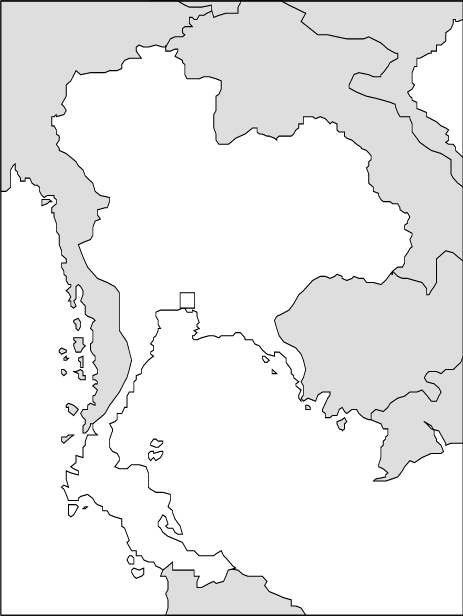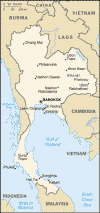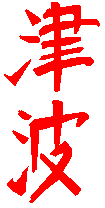
TSUNAMI!

What does "tsunami" mean?
Tsunami is a Japanese word with the English translation, "harbor wave." Represented by two characters, the top character, "tsu," means harbor, while the bottom character, "nami," means "wave."
A tsunami (pronounced tsoo-nah-mee) is a wave train, or series of waves, created in a body of water by a disturbance such as a submarine earthquake. The seafloor in that area is permanently uplifted and down-dropped, pushing the entire water column up and down. Earthquakes, landslides, volcanic eruptions, explosions, and even the impact of meteorites, can create tsunamis. Most tsunamis do not result in giant breaking waves (like normal surf waves at the beach that curl over as they approach shore). Rather, they come in much like very strong and very fast tides. Tsunamis can savagely attack coastlines, causing devastating property damage and loss of life.
Click here to see an animation of the tsuname of December 26.
ACTIVITY #1: The map below shows the areas that were hit by the tsunami of December 2004. This BBC site has excellent links and video footage about this international disaster.
Major areas that were devastated in Asia are shown below this map.
Learn about these areas by copying and pasting the outline map into Paint.
Color and label countries, capitals, and major bodies of water.
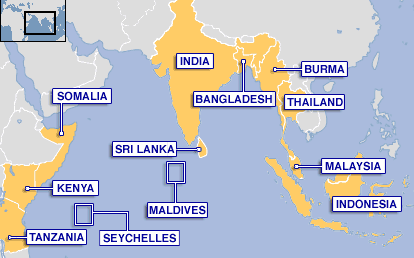
ACTIVITY #2: Copy and paste the Japanese characters above into Paint. Try to recreate these characters using the paintbrush tools. You may also want to design a picture around it to commemorate (remember and honor) the thousands of people who lost their lives in this devastating event.
INDONESIA
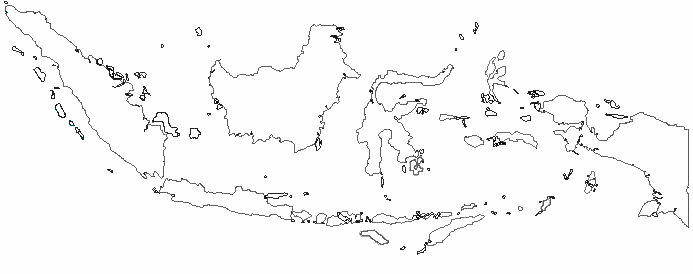
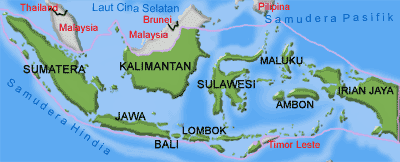

INDIA
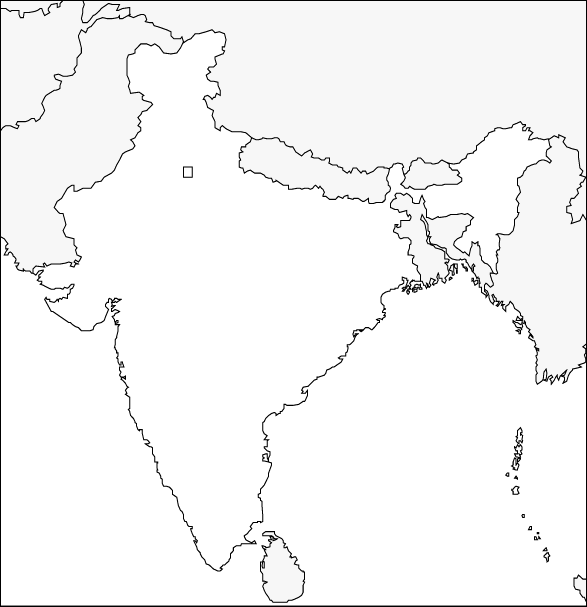
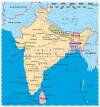
THAILAND
